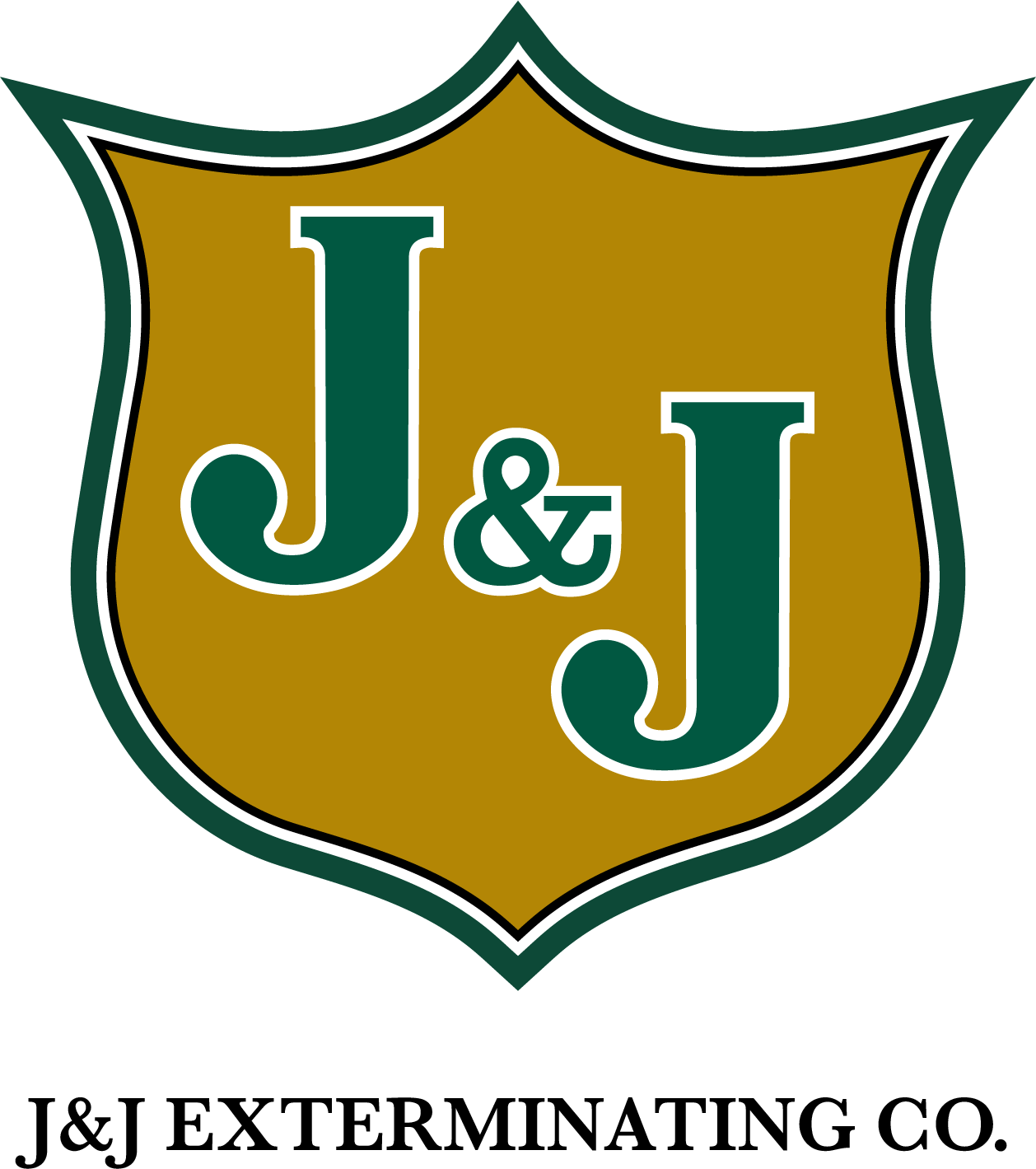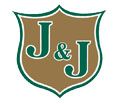Annual termite control costs and structural damages exceed five billion dollars per year in the US, and a significant portion of this damage is inflicted upon structures located in Louisiana. No state in the US sees more Formosan subterranean termite damage than Louisiana, and this is largely why the state sees such a high amount of termite destruction. Although this extremely destructive species has established an invasive population in several Gulf Coast states, as well as California, the Formosan subterranean termite quickly managed to gain a foothold in New Orleans where it continues to damage structures in the city, and the rest of the state, to this day.
In addition to the Formosan subterranean termite, several other termite species damage structures in the state as well, notably the eastern subterranean termite. Due to dense termite populations that overlap in many areas of Louisiana, it is tremendously important for residents of the state to have regular termite inspections conducted on their property. Unsurprisingly, do-it-yourself termite inspections will not suffice to ensure that a home in Louisiana is free of termites, but this does not mean that residents won’t know if the insects find their way into a home.
Subterranean termites are responsible for nearly all termite infestations within homes and buildings in Louisiana, and they often construct mud tubes that are commonly spotted along the foundation of infested homes. If a homeowner should find these formations, then a pest controller should be contacted as soon as possible. Pest control professionals carry out thorough internal and external termite inspections on homes in the state, and they possess the training and equipment necessary to pinpoint infested areas of structural wood. Pest controllers often find tiny mud-dots on wall-plaster and “swarming-castles” in door frames and window sills that almost always go unnoticed by homeowners. Subterranean termites also eat into structural lumber at points where the lumber pieces connect, making infestations very difficult to notice without the proper tools. Heavily infested wood can sometimes be pinpointed when homeowners stumble upon wood that has been hollowed out. Wood that has been hollowed by termites normally comes to a homeowner’s attention after the affected wood is tapped or walked over.
Have you ever found an area of structural lumber that had sustained termite damage?
Tags: Termite Inspection, Termite Treatments, Termites



